So, you’ve noticed this is a week late? Blame ADR3NALIN3, the brand-spanking-new blog and brainchild of Jordan Dane, award-winning adult and YA novelist. Jordan contacted me about joining in on the fun late last year and after some hemming and hawing–and a relentless barrage of counter-arguments to my arguments–I’m happy and proud to be part of this group blog. In addition to Jordan, my fellow authors are: Brett Battles (a major player in the world of adult thrillers; I was in the audience when none other than Lee Child introduced Brett’s very first thriller, THE CLEANER);Michele Gagnon; Dan Haring; Jennifer Archer; Chris Grabenstein; A.G. Howard; Carol Tanzman; Wendy Corsi Staub. Be sure to drop on by.
Anyway, my posts are scheduled for every other Monday. As luck would have it, my first post coincided with when I would have posted my December picks and I’ll be honest: I punted this post to the following week.
So, without further ado:
READS
Brandenburg, Jim;.Chased by the Light: A 90-Day Journey. (Creative Publishing International; Minneapolis, MN, 2001) If you’re a lover of National Geographic, then you’ve seen Brandenburg’s work. An award-winning photographer, Brandenburg gave himself an unusual challenge: no more than one photograph a day for ninety days. His goal was to try and capture the most perfect image he could on any particular day, without relying on the ability to take reams of films and then hunt for a great shot, something he’d grown used to and which, he felt, might actually be keeping him from truly immersing himself in the moment of that one, perfect shot. The result is this book of ninety photographs taken in and around his home in the Boundary Waters region of northern Minnesota. Some are just wonderful; others are only okay. But I admire the guy for doing what writers attempt all the time, too: breaking out of that comfort zone. (The book is also available as an iTunes app, with added video and audio commentary. I hate to say it, but on a nice screen, those colors just pop in a way they can’t on paper.)
Douglas-Fairhurst, Richard; Becoming Dickens: The Invention of a Novelist. (Belknap Press; Cambridge, MA, 2011) As my blog-mate Christ Grabenstein pointed out, February 7, 2012 marks the 200th anniversary of Charles Dickens’s birth. To celebrate the occasion, the Museum of London has mounted what I hear is a very impressive exhibit detailing the London Charles Dickens knew. As you might expect, a couple of new biographies are now making the rounds as well. This is one, and it’s very different from others I’ve read because it restricts its focus to Dickens in th 1830s, when he was in the process of becoming the novelist we think of–and believe we know–today. In a way, this book is a study about creating something with which we’re all familiar: a brand name. We all know that Dickens worked in a blacking factory, but how many people know that he did so for only for a year? That his father, John Dickens, was sent to Marshalsea, the debtors prison, for a relatively short eight months? I’m not trying to diminish the trauma of these early experiences but merely highlighting that the image of a traumatized, destitute, and ill-used young boy is not only an indentity we associate with Dickens but one which the author himself returned to, obsessed over and expanded upon in his relentless drive toward recognition and success. This book is a chronicle of an author in the process of finding himself–of identities tried on for size (Dickens the actor, Dickens the playwright) as well as those identities (Dickens the child laborer, Dickens the social champion, Dickens the author) which he created and for which he’s remembered. Dickens is a man worth studying not only for his fiction, which both so closely played upon and with the sensibilities of his day, but for practically inventing the author-as-celebrity.
Dwyer, Jim and Flynn, Kevin; 102 Minutes: The Unforgettable Story of the Fight to Survive Inside the Twin Towers. (Times Books; New York, 2004) Yeah, I know; you think you know what happened on 9/11 and, probably, you do. Published three years after the attack on the WTC, this book brings to light events and names I’ll bet you don’t know. Pieced together from survivors’ recollections as well as reminiscences from loved ones who received texts and phone calls, this book takes you inside the Towers and bears witness not only to carnage and desperation (all those who jumped from the North Tower) but amazing acts of heroism, as well as a harrowing moment: when Stanley Praimnath watches United 175 speeding for his window on the 81st floor in the South Tower.
Fatsis, Stefan; Word Freak: Heartbreak, Triumph, Genius, and Obsession in the World of Competitive ScrabblePlayers. (Penguin; New York, 2002) With all the fuss about Alec Baldwin and Words with Friends, this seemed a timely book. I mean, I love Scrabble as much as the next verbal obsessive, but I never gave much thought about the origins of the game (developed by Alexander Mosher Butts, a nearly down-and-out architect, in 1938 and an iteration that reflected a reworking of his original word game, Lexico) nor the people who eat, sleep and breathe the thing. I don’t know what possessed this reporter to spend a year delving into the wacky world of competition Scrabble, but this is one amazingly entertaining book. Following several competition-class players, Fatsis penetrates the inner sanctum of the Scrabble circuit. Clearly, it takes a special kind of person to memorize word lists or look at and re-arrange a jumble into something recognizable, but what you don’t realize is just how off-the-wall some of these guys–and they are guys, by and large–are. But after reading this, did I start looking at ordinary words and try making new ones? Oh, you bet. A seriously addictive read. They made a documentary about this, too. Think I’ll check into it for this next month.
Rogak, Lisa; The Dogs of War: The Courage, Love, and Loyalty of Military Working Dogs. (St. Martin’s Griffin; New York, 2001) You hear about them on the news; the most famous has to be Cairo, the military working dog (MWD) that accompanied the SEALs who stormed Osama Bin Laden’s compound. While not perfect and a little glossy, Rogak’s book does a nice job of both documenting the history of the US’s use of MWDs and what it takes to make a dog an effective warrior. If I have any complaint about the book, it is that it reads as something quickly dashed off to take advantage of a specific historical moment. As an overview, however, this is a fine read.
Smith, Alexander Gordon; Lockdown: Escape from Furnace, I. (Farrar, Straus and Giroux; New York, 2009) The only reason I picked up this book was because I saw reviews for the fourth book in the series, Fugitive, and wanted to see what all the fuss is about. I’m not sure how to characterize this book. In a nutshell, the story follows the misadventures of fourteen-year-old Alex Sawyer, a British teen wild enough to engage in a life of B&Es and yet tortured enough to feel real horror and remorse when a chum dies in the middle of their last job. In a society fed up with teens on the rampage, the authorities sentence Alex to life in Furnace, an underground, max-security nightmare where the inmates–all of them juvenile offenders–are terrorized by by surgically-created monsters, hellish (and skinless) dogs, and other bizarre creatures. A friend recently told me that one of my books was quite violent, but let me tell you: I ain’t got nothing on Smith. The guy is unsparing in his detail. While there’s not much “story” per se–if you’re looking for a book about prison life amongst incarcerated teens, this ain’t it–this is one wild, adrenaline-infused ride.
LISTENS
Dickens: Dark London: The Seven Dials (Creative Brothers and Sisters, LTD; 2011) While I listened to several audiobooks, I found none of them particularly enthralling. BUT I did stumble across something that I guess you’d call both a listen and a look. DICKENS: Dark London is actually an app and the first in a series of interactive graphic novels (which I never, ever read; I’m just not into graphic novels, okay?). The first installment is free (so you’ve got nothing to lose) and was released to coincide with the opening of of London’s Dickens exhition I referenced above and which runs through June 10, 2012. As hauntingly illustrated by David Foldvari and with maps of the time juxtaposed against current-day London as well as text taken from Dickens’s Sketches by Boz (and read by a fabulous Mark Strong), this first installment is a visual and aural delight. They can’t release the second installment, Newgate Prison, fast enough. If this were printed up tomorrow, I’d buy it . . . well, only if Strong’s narration were somehow included. Just . . . GREAT.
LOOKS
Margin Call (J.C. Chandor, 2011) This was a very quiet, really intense movie and the story is like that of the WTC: we think we know what happened when the bubble burst and the financial markets flirted with collapse in 2008. This film takes us into the inner workings of one firm and spans the twenty-four hours during which an enterprising junior risk analyst (Zachary Quinto, most emphatically not getting on his Sylar) uncovers a disaster-in-the making: the almost certain collapse of a mega-firm which has made a fortune buying up worthless mortgages. What follows is a bloodbath as the firm debates how to cut its losses even as it slits its own throat by destroying other firms it entices to buy what are, essentially, worthless pieces of paper. You won’t understand all the jargon; I know I didn’t; but then again, neither do some of the principals–and they own this stuff! A fabulous cast–Jeremy Irons, Stanley Tucci, Demi Moore, Paul Bettany, Simon Baker–make this a wonderful experience, certain to mesmerize.
Mission Impossible-4: Ghost Protocol (Brad Bird, 2011) Is there anything I can really say about this film that you don’t already know? Tom Cruise. Stunts. Explosions. Action. Chase scenes. Great clothes. More action. Persol sunglasses. Paula Patton in a jade-green gown that shows plenty of leg. Cruise’s midnight blue tuxedo. An absolutely hysterical Simon Pegg. And–wait for it–a drool-worthy Jeremy Renner who looks awfully good in that silver skintight high-techie suit. The plot’s immaterial. Go have fun.
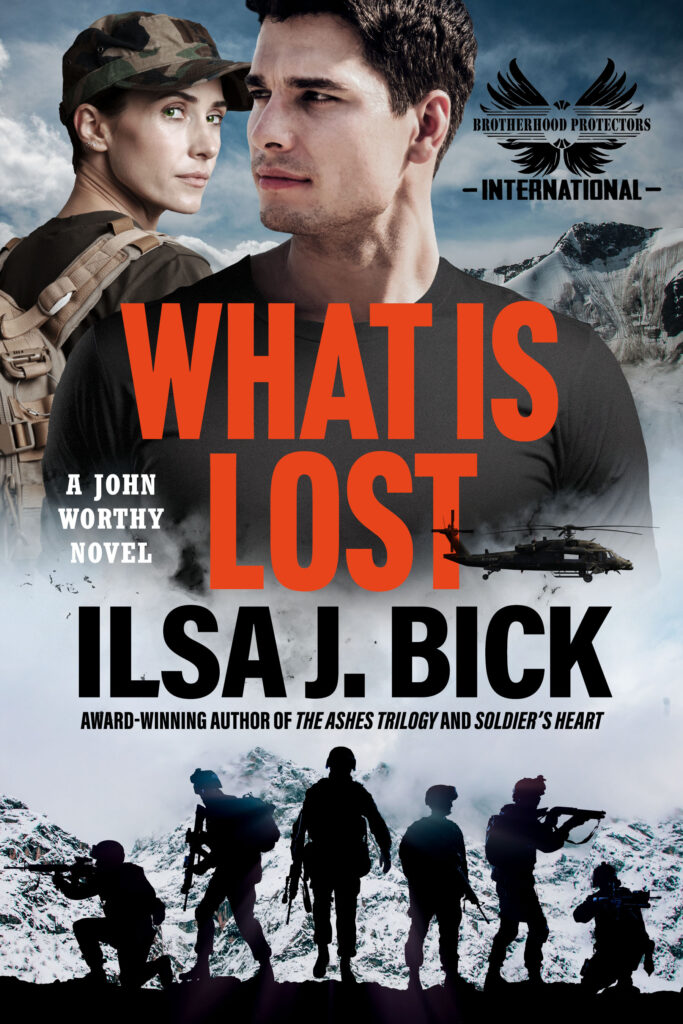
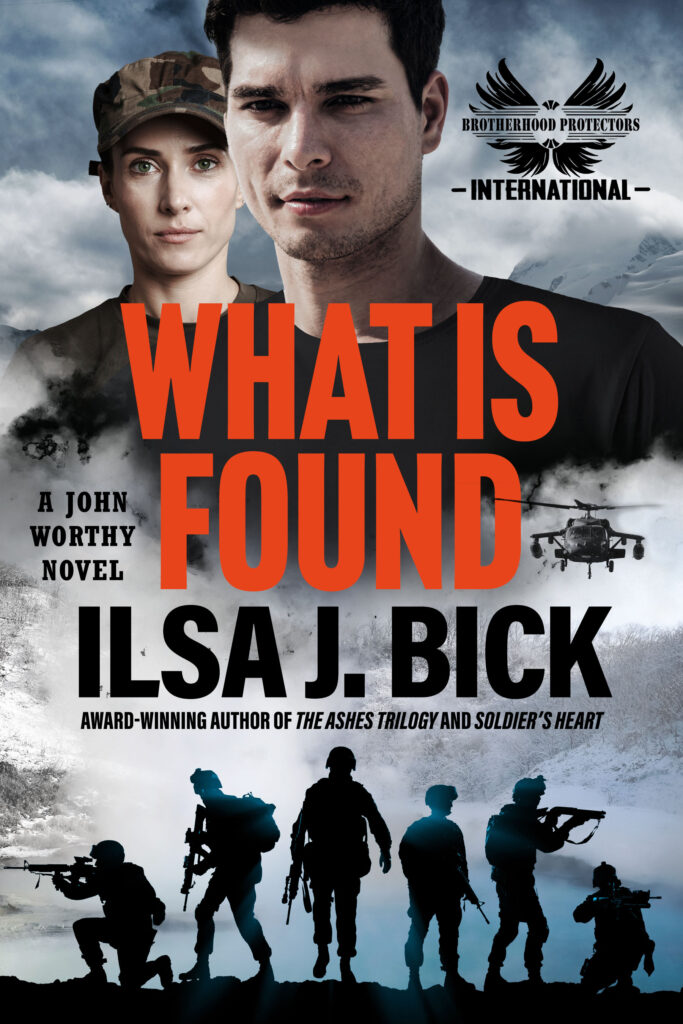


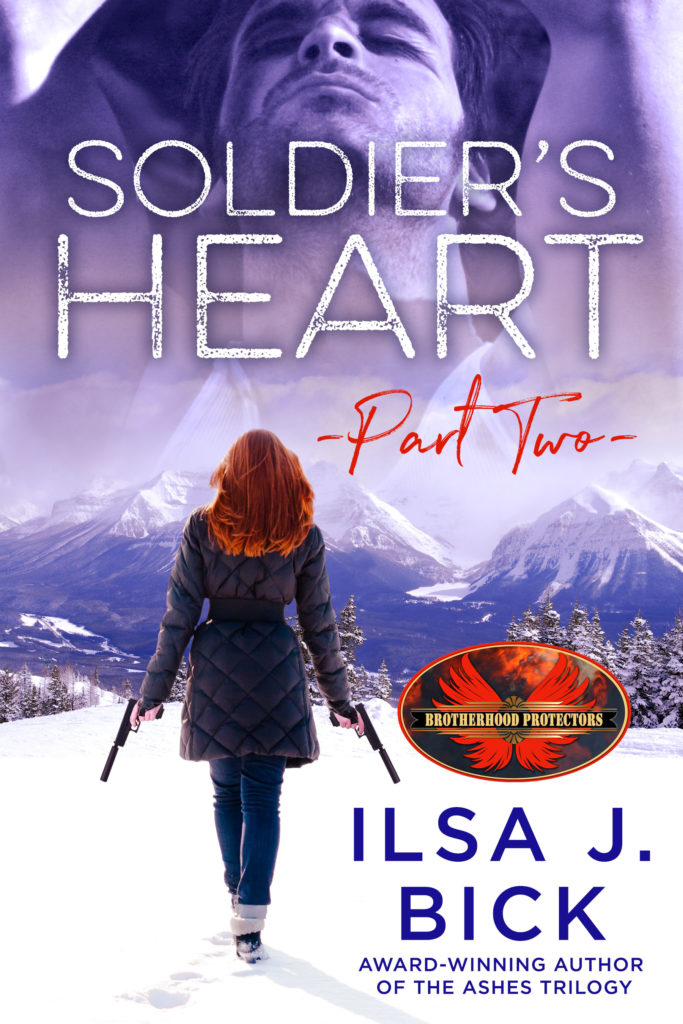
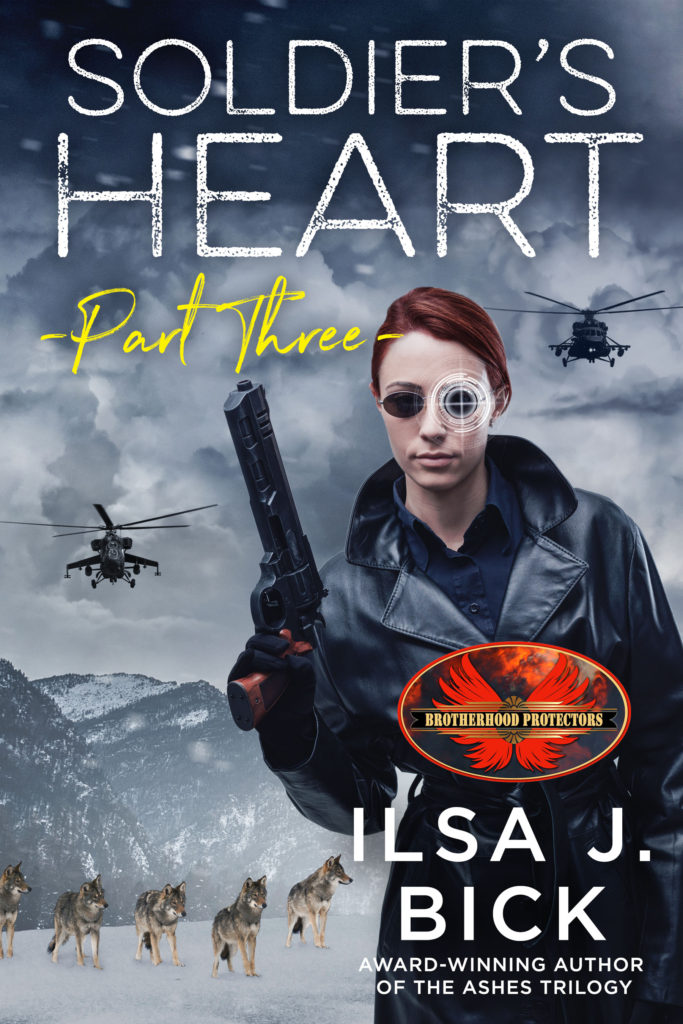

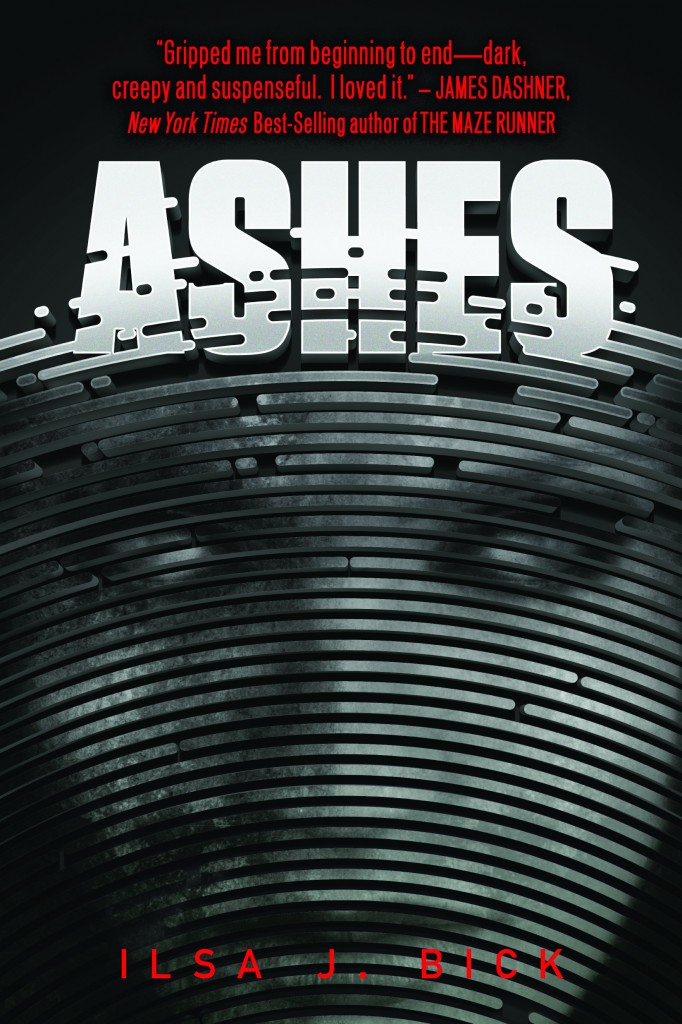
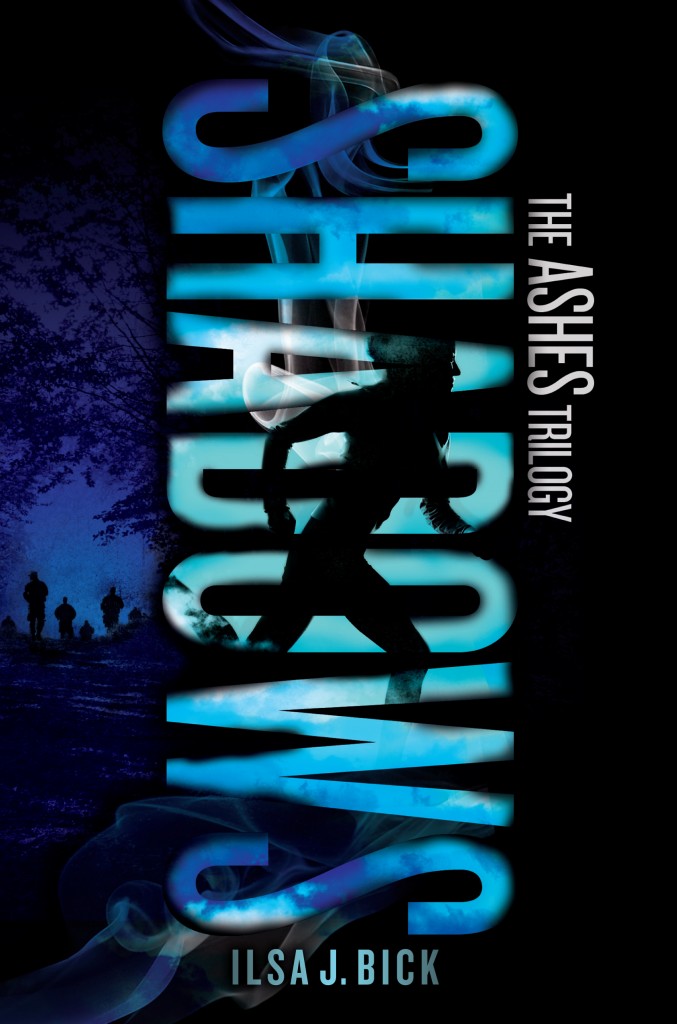
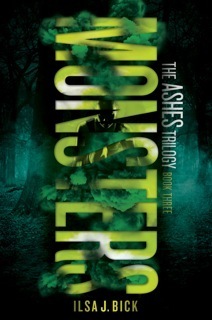
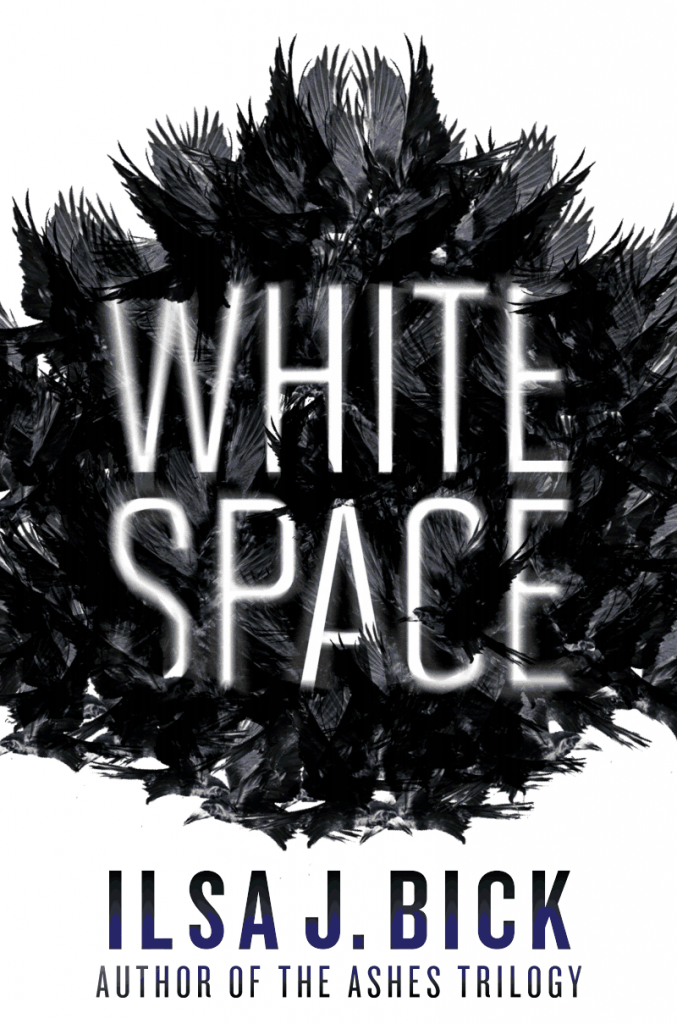
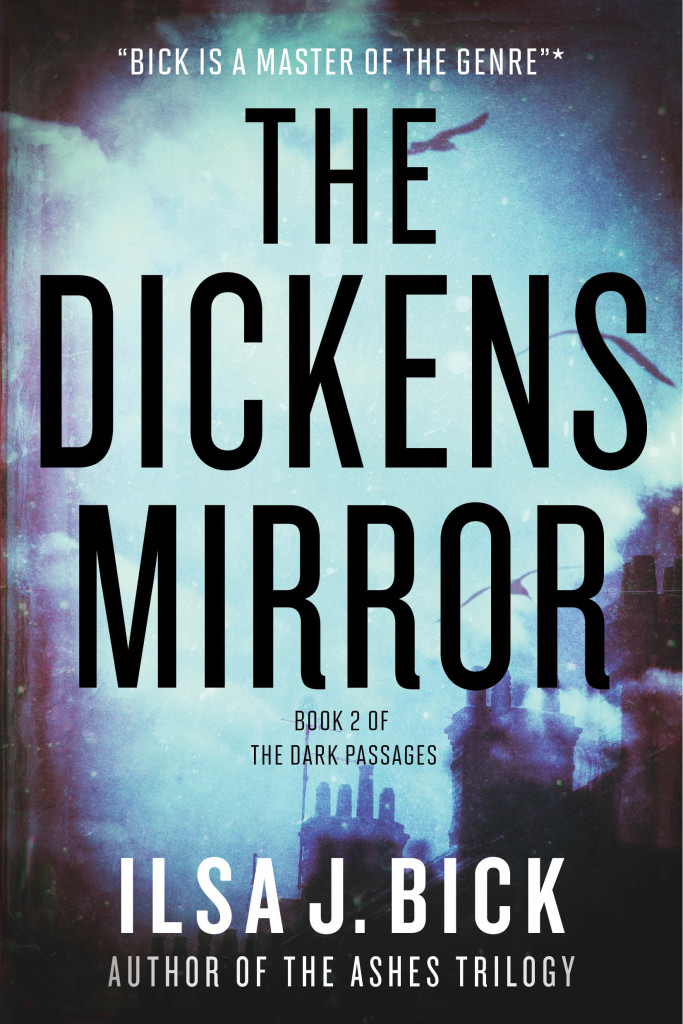
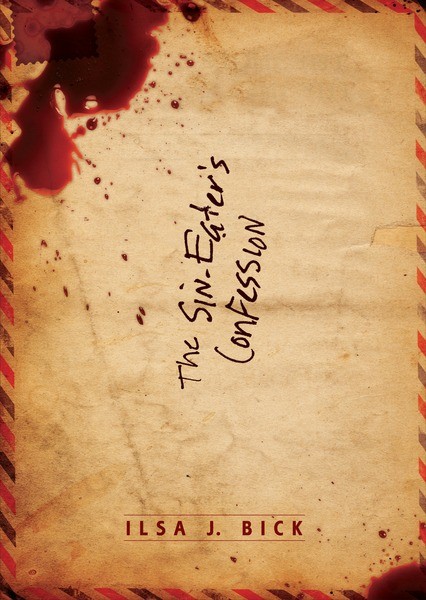
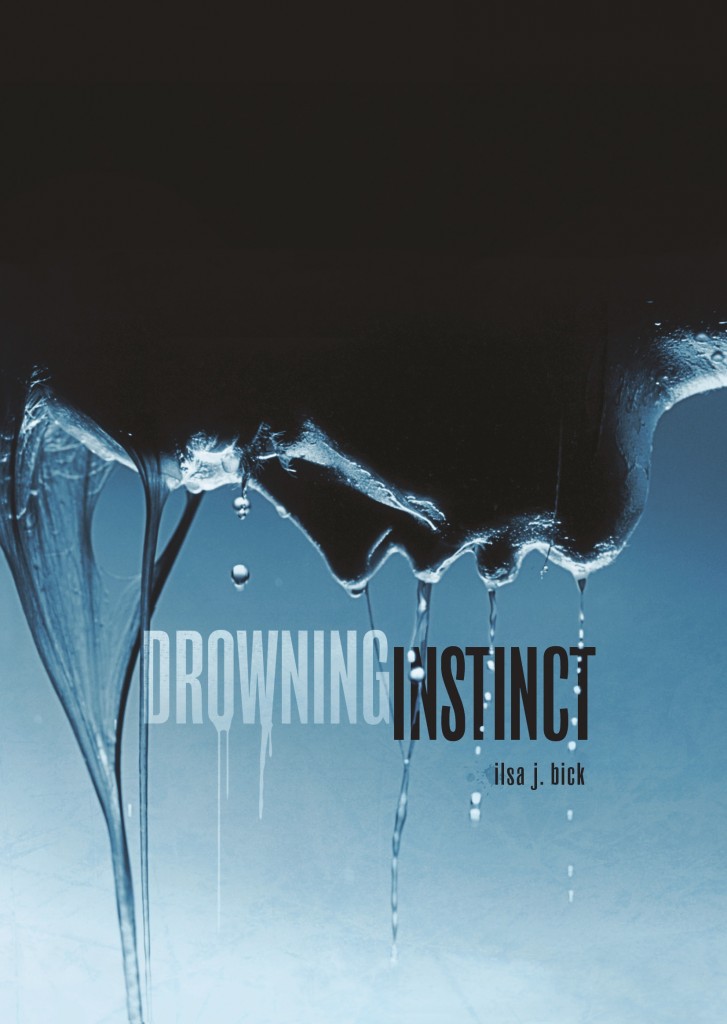
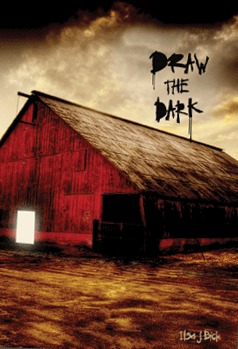
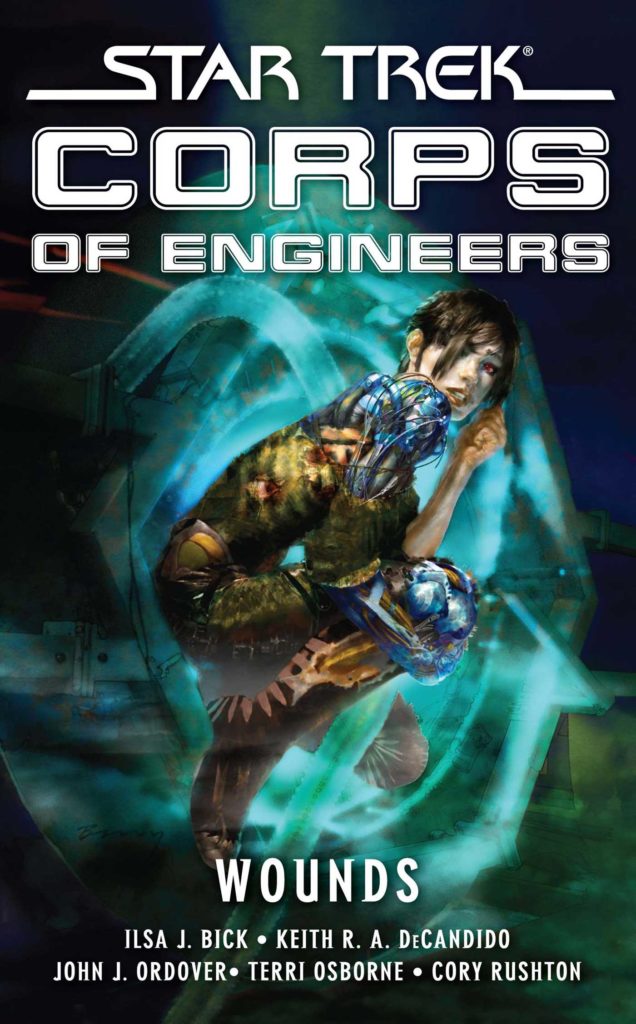


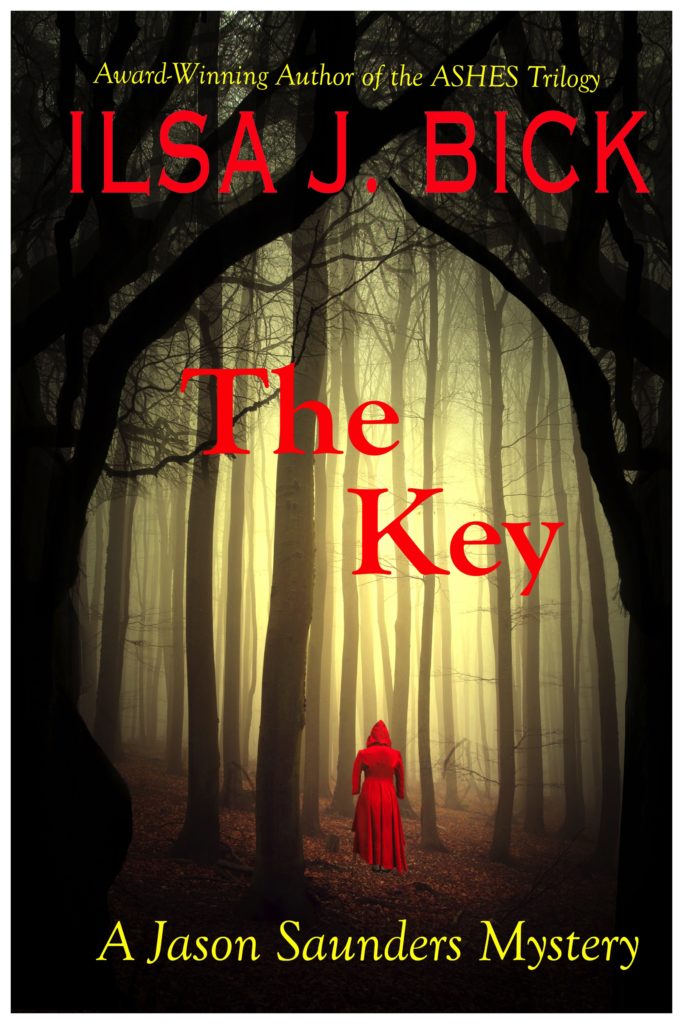
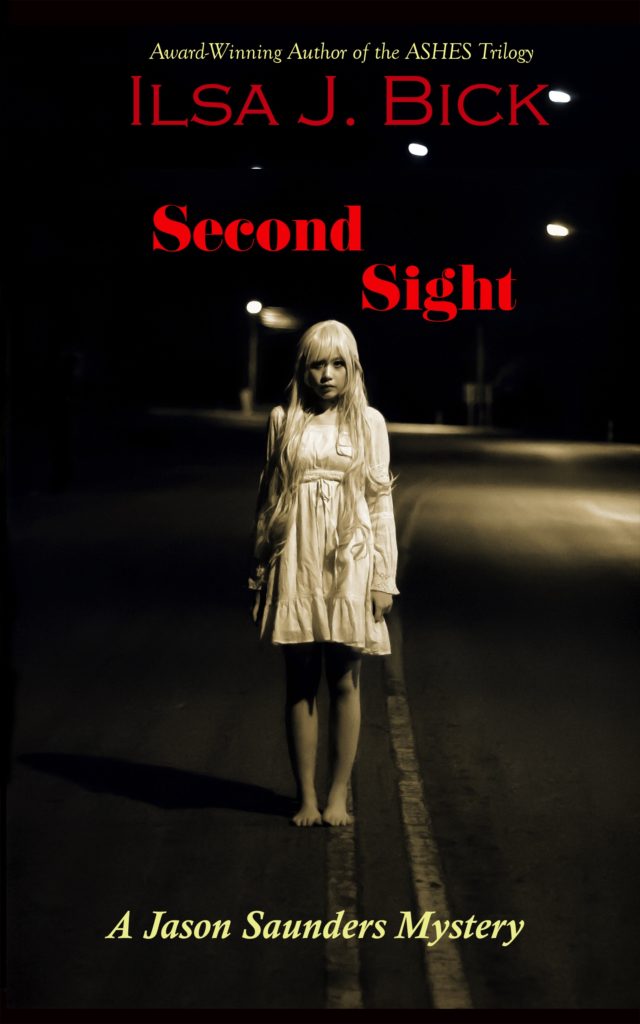
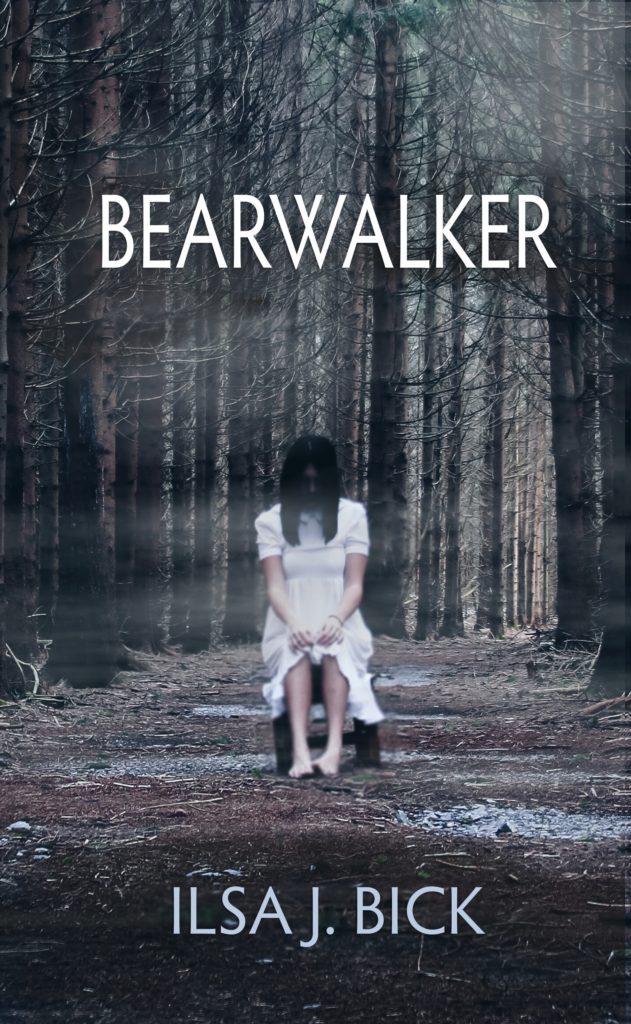
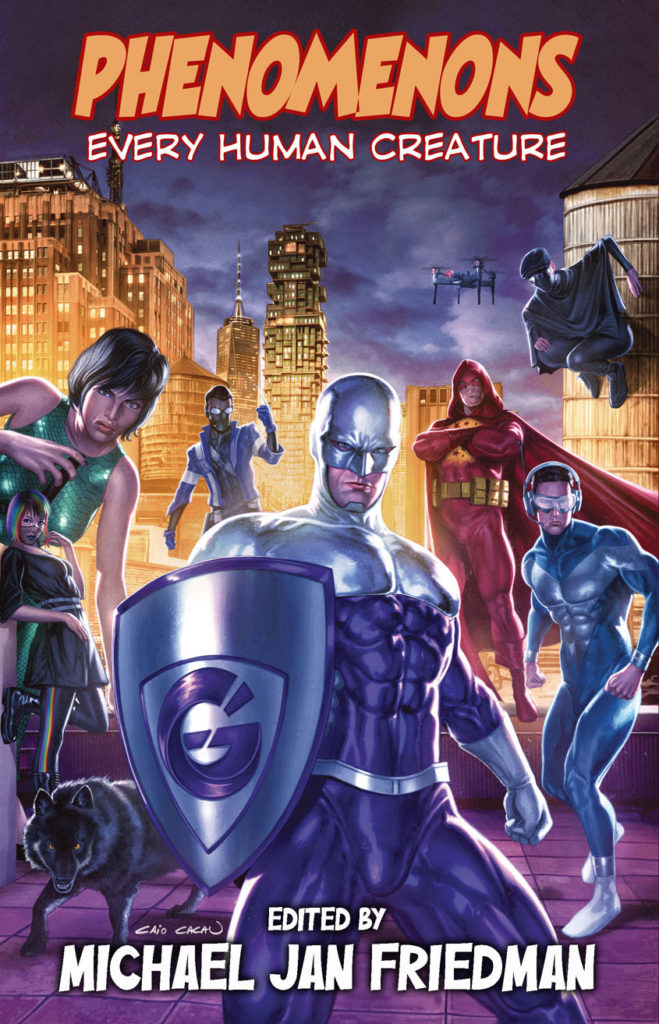
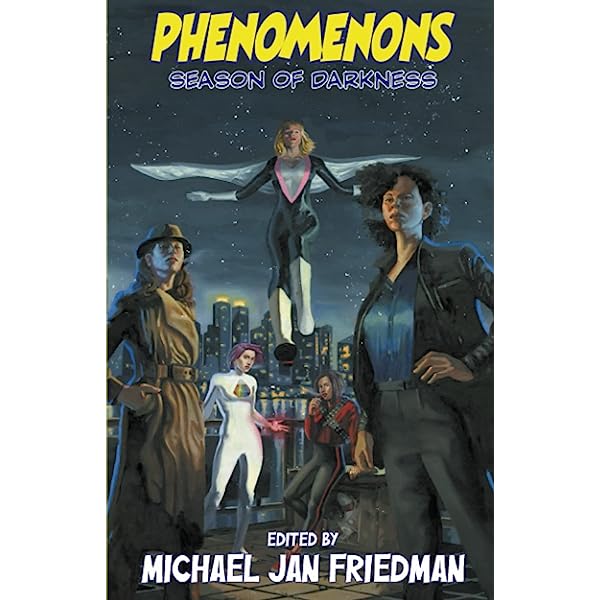

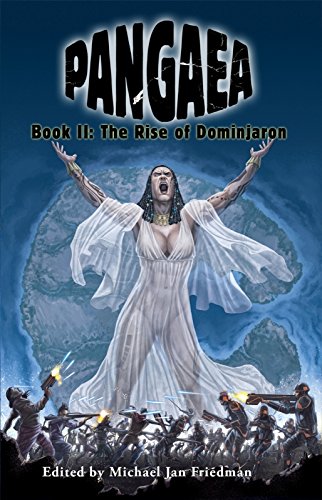
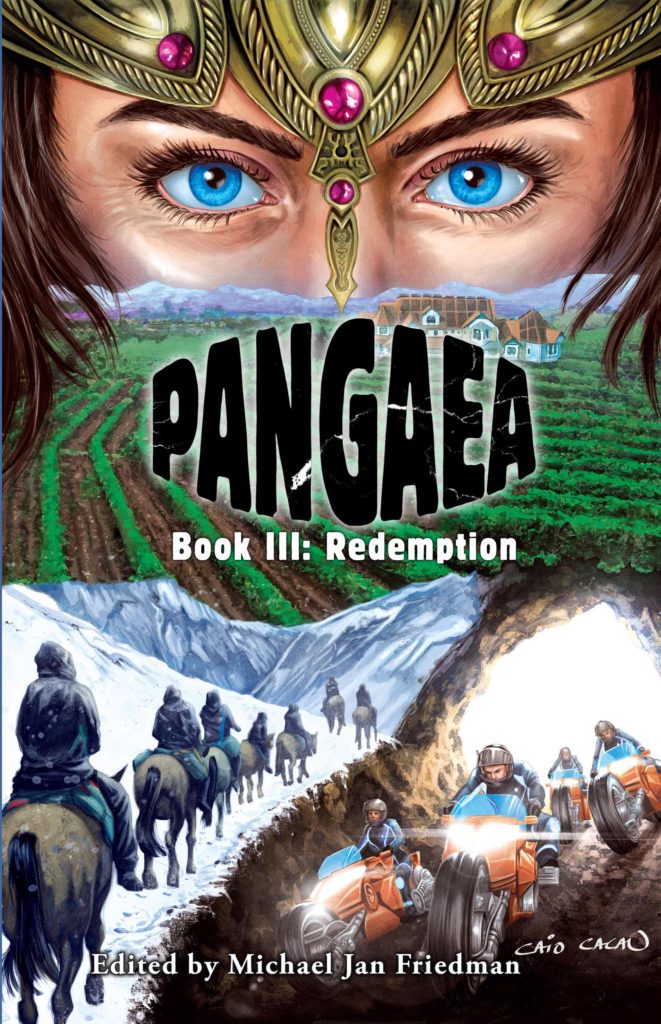
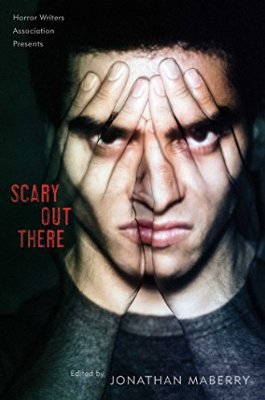
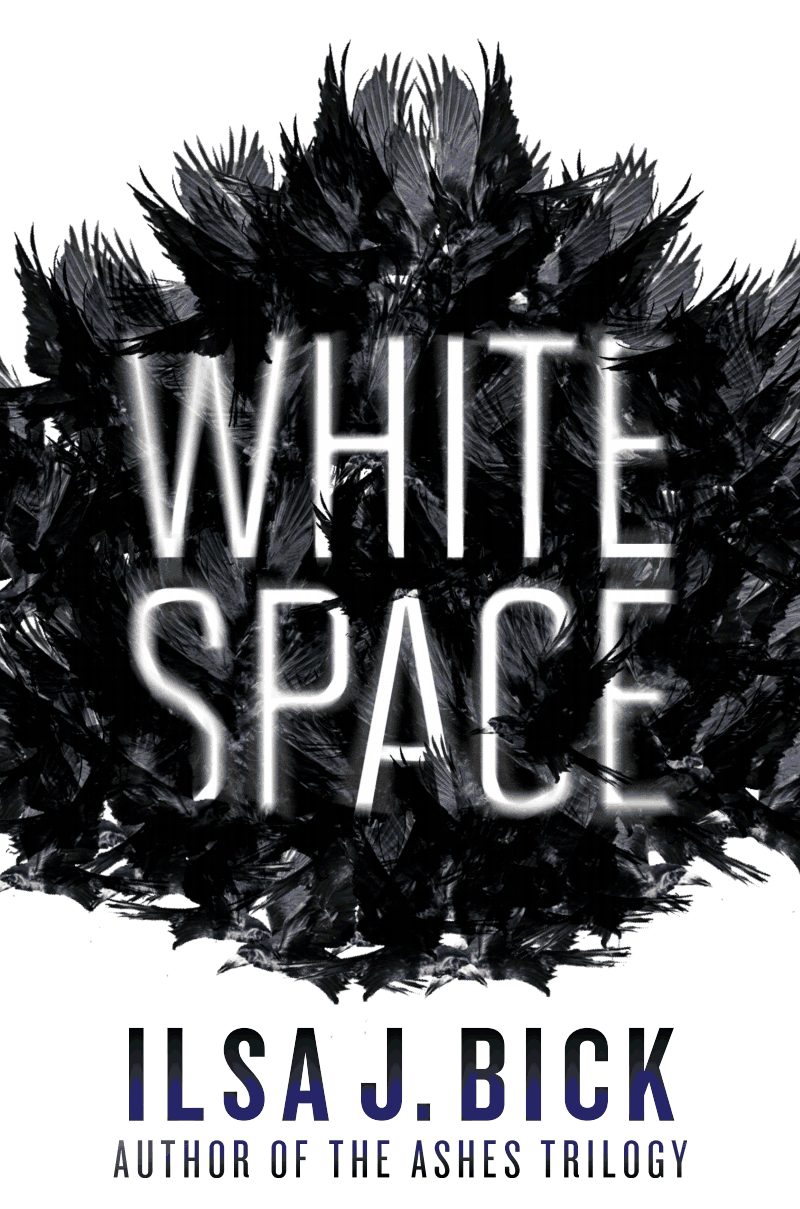
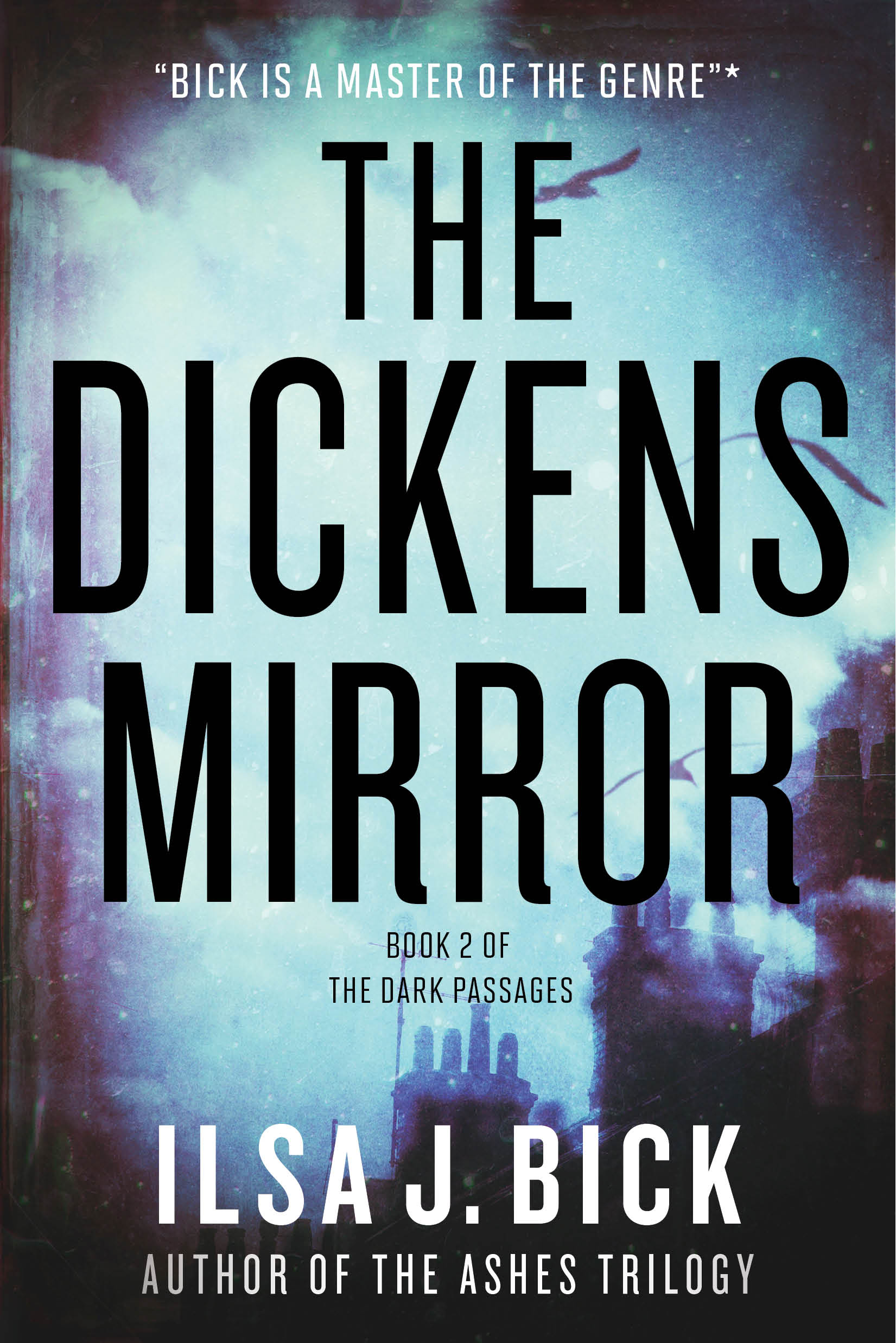
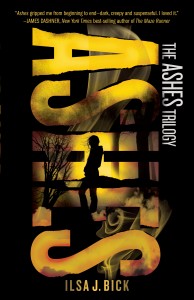
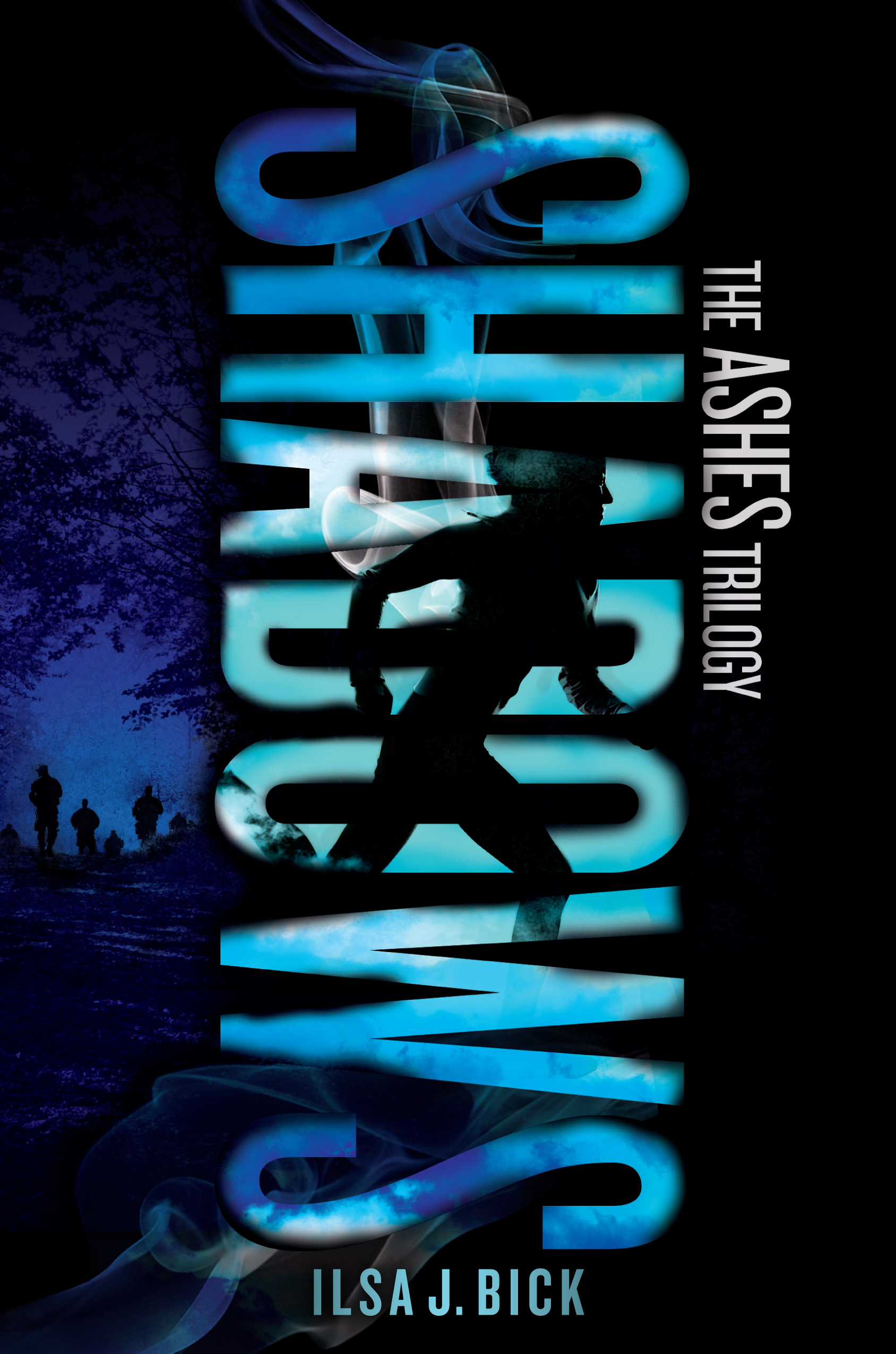
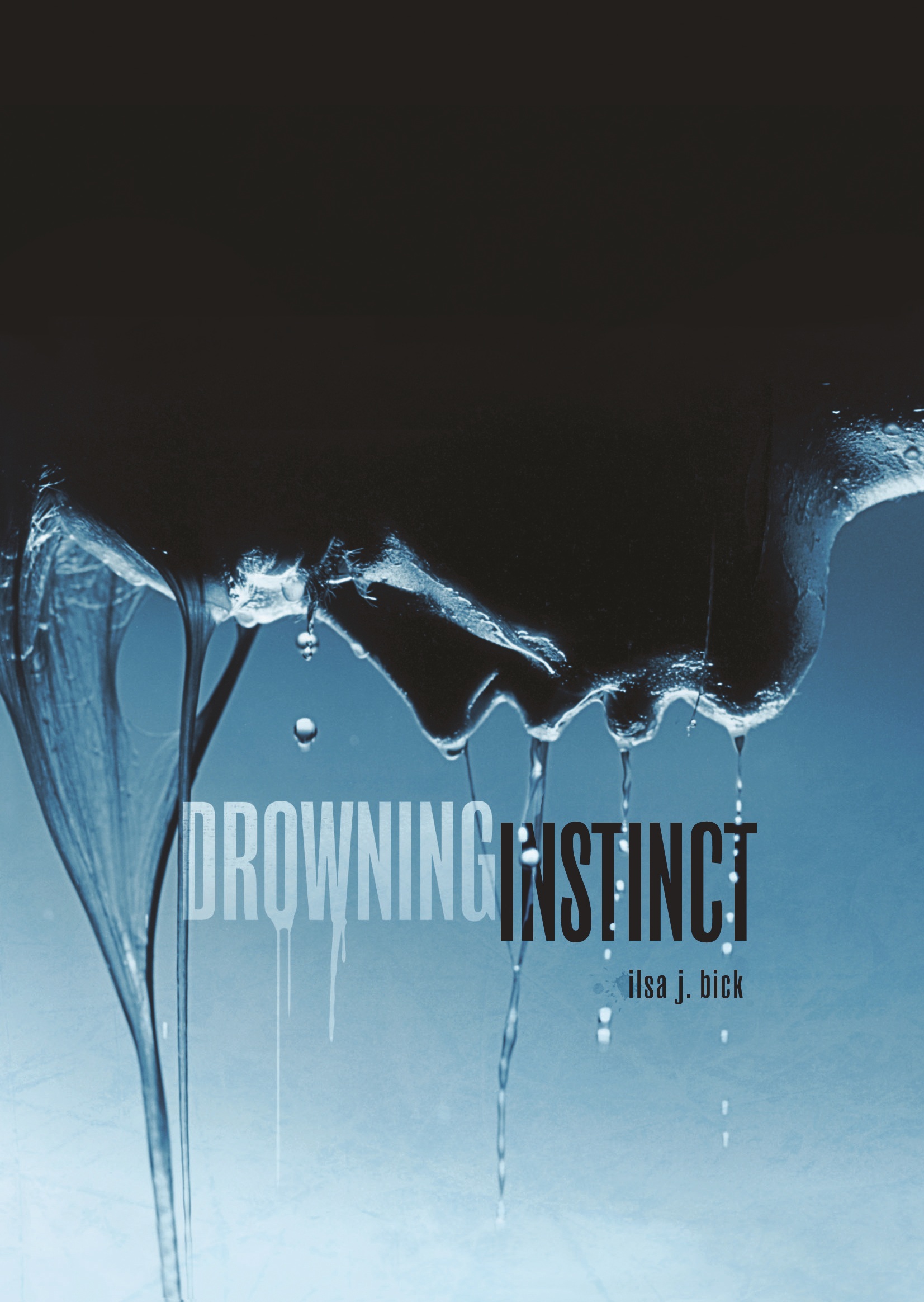
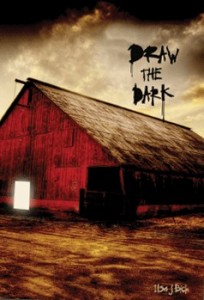
I really loved the first Lockdown novel. The second was pretty good. The third was good. But I think I lost interest with each novel in the series. Fingers crossed the author’s new series, THE FURY, will work for me.
Hey, Tez: Well, we’ll see. I have SOLITARY now and will eventually get around to reading it. Let me know what you think of THE FURY.